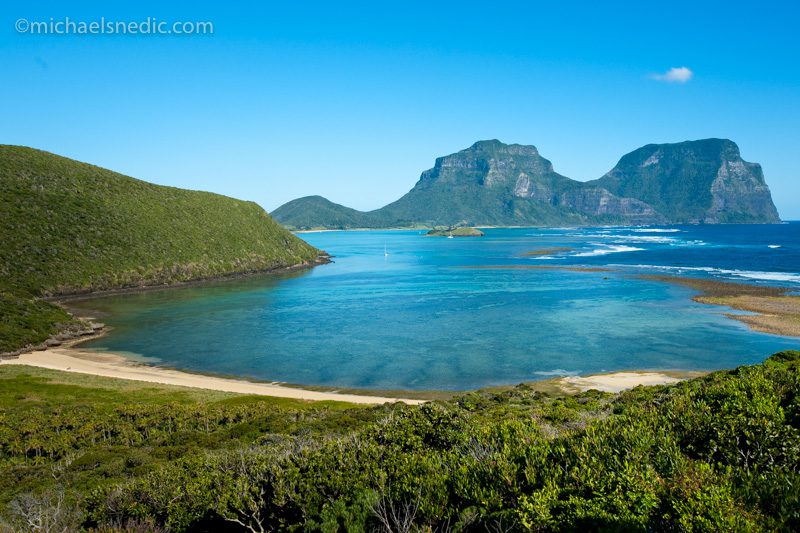
There are many aspects to achieving a stunning image of a landscape. In this article, I am giving you some tips and techniques to help you get better shots.
#1 Rule Of Thirds
When photographing a seascape, for example, the important ‘rule-of-thirds’ plays an important role in getting the image looking ‘right’. Instead of putting the ocean’s horizon in the middle of your shot, which looks too ‘set up’, I highly recommend using the ‘rule-of-thirds’. You can compose your image so that you have one third land, one third water and one third sky. You could choose to have one third land and two thirds sky or even two thirds sky and one third water. This ‘rule’ really does work so if you haven’t tried it before, why not give it a go? You will be surprised by the results!
#2 Think Portrait
So many photographers, when photographing landscapes, only think in terms of ‘landscape format’ (i.e.left-to-right) and not in ‘portrait format’ (i.e. upright). Many landscapes lend themselves to being taken in portrait form, especially if the landscape includes very tall trees, high rock formations or scenes where you want to incorporate the foreground, mid-section and sky in full. In some case, I suggest taking images in both landscape and portrait format and see which one works best.
#3 Foreground Detail
Having a subject in the foreground of a landscape makes for a more interesting image, in my opinion. It may be a large rock, tree, a flowering plant or similar. When the person viewing the image looks at it for the first time, his/her eyes will generally go to the foreground subject and then lead onto the landscape. Foreground detail makes for a much more interesting image.
#4 Best Light Conditions
Early morning (around sunrise), plus late afternoon (around sunset), generally makes for much nicer landscape image sand creates a real ‘mood’ in many cases. Due to the low light conditions encountered during these times, it is necessary to use a sturdy tripod and a remote or cable release, otherwise the image will be blurry. Also, since you are using a tripod, I recommend you set your cameras ISO setting to 100 (or the lowest setting on your camera), to minimise any potential ‘noise’ that may be visible by using a much higher ISO.
#5 Use Water As A Reflection
If you are photographing a landscape scene near a lake or lagoon, and it is a calm day, I recommend utilising the water’s reflection to create an evocative image. This is especially effective when shooting at sunrise or sunset.
#6 Leading Lines
A photo of path within a landscape, which leads the eye out of the ‘scene’ can be a very powerful composition. It keeps the person viewing the image interested, as they often ask themselves “where does that path lead to”?
If you have a passion for wildlife, nature or travel photography and would love to go on a small-number, professional photography adventure, please get in touch with Michael Snedic at WildNature Photo Expeditions. You can call him on 0408 941 965 or fill in this Contact Form and he will get back to you ASAP.


